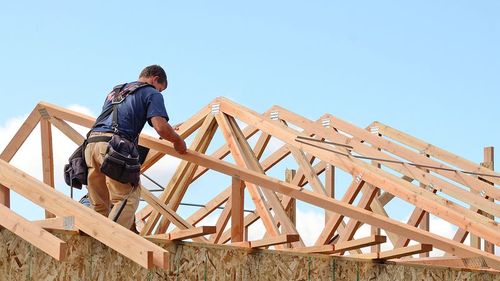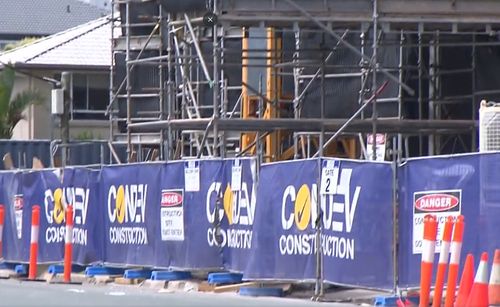New data from CoreLogic shows that in the 12 months to March 2022, construction costs increased by nine per cent.
Outside the period when the GST was introduced, that is the highest annual growth rate on record.

CoreLogic’s Construction Cost Estimation Manager, John Bennett, said timber has been one of the products most heavily impacted by price rises.
“Timber costs continue to rise, with cladding, decking and other timber items affected. Steep rises in metal prices are also now flowing through to the market, with structural steel, fixings and metal components hit hard,” Mr Bennett said.
“We continued to see volatility in the rest of the market, with imported products the most vulnerable due to elevated shipping costs.
“Rising fuel costs are also on the radar and we have continued to see further increases in the cost of other materials.”

CoreLogic’s Research Director, Tim Lawless, said soaring construction costs impact more than just builders working with raw materials.
“Construction cost growth adds a further element of uncertainty to new building projects and renovations as well as inflationary pressures to the economy,” says Mr Lawless.
“While the most obvious impact from high residential building costs are with builders, new home buyers and renovators, another important consideration is the sum insured by homeowners.
“With construction costs up more than 25 per cent over the past five years, it’s important for homeowners to reassess their insurance terms and make sure they are adequately covered should they need to make a claim.”

Several recent high-profile collapses of building companies have blamed material costs as one of the major drivers of being forced into administration.
In late February construction giant Probuild collapsed, as did Queensland firm Condev just two weeks later.
Both outfits cited “market conditions” and “material costs” as having swallowed their bottom line.
Mr Lawless said as the cost for building materials rises, so too does demand – potentially hitting consumers with a double whammy on prices.
“Considering the record number of houses approved for construction during the HomeBuilder grant along with additional rebuild and repair work from the recent floods, demand for construction materials is likely to remain high,” he said.
“At the same time, supply-side challenges persist.
“A shortage of key materials such as structural timbers and metal products along with higher fuel costs, and labour shortages, is likely to keep upward pressure on building costs for some time yet.”
Is the cost of building materials severely impacting your business? We want to hear from you. Contact reporter Stuart Marsh at smarsh@nine.com.au









